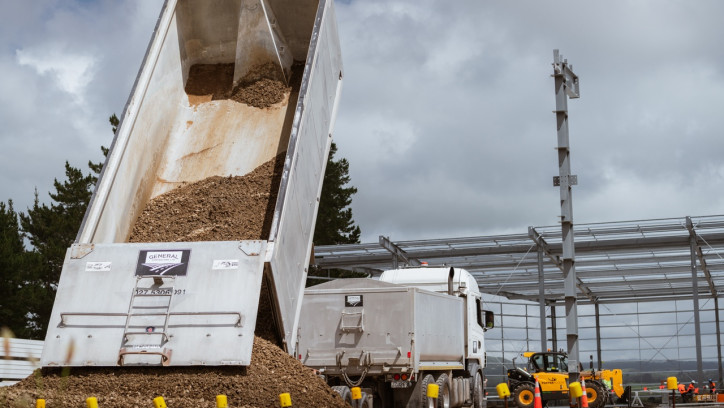New retention money requirements now in force
Posted: 5 October 2023

Retention money is the amount held back to subcontractors from a payment made to them under a construction contract, as a security for their performance.
The new requirements strengthen the retention money regime by making it easier for subcontractors to access retention money without a court order, in the event of a head contractor's insolvency.
New requirements for head contractors
Many head contractors are already doing the right thing and are holding retention money aside appropriately. For these people, very little change is required.
The new requirements for withholding retention money include:
- clarifying that retention money is automatically held on trust by the head contractor once the contract allows it to be withheld from the subcontractor
- removing the ability to mix retention money with other cashflow and assets
- requiring that retention money held as cash must also be held separately in a bank account with prescribed ledger accounts.
Only new commercial contracts from 5 October 2023, and existing commercial contracts that are renewed on, or after, that date are impacted by the new requirements. Construction contracts with homeowners/residential occupiers are not impacted.
Penalties for not complying
There are now liability offences for failing to hold retention money properly, with penalties of up to $50,000 for a director and up to $200,000 for a company. Offences include:
- failure to comply with accounting, recording and reporting requirements
- use of retention money for a purpose other than remedying defects in the subcontractor's performance
- failure to provide regular information to the subcontractor on retention money.
Further information and resources
The Ministry of Business, Innovation and Employment (MBIE) has developed information and resources to support those impacted by the new requirements.
The following resources are available on MBIE’s Building Performance website now. More resources will be provided later.
- A detailed guidance document – information includes how to comply with the new requirements, the roles and responsibilities of various parties, including those who withhold retention money and those who have retention money withheld from them and what happens to retention money if a head contractor goes into liquidation or receivership
- A webinar recording – the recording of a webinar MBIE held on 25 August 2023 explaining what the new requirements mean for certain affected parties
- Example reports – examples of reports head contractors must provide to sub contractors.
On the Building Performance website, you can also read information about how to make a complaint if you believe someone is in breach of the retention regime.
More information about retention money requirements
Resources to better understand retention money requirements
The Construction Contracts Act 2002
Until 5 October 2023, the new requirements were part of the Construction Contracts (Retention Money) Amendment Act 2023 (the Amendment Act). This Act was passed by the Government in April 2023 to build on, and strengthen, retention money provisions already in the Construction Contracts Act 2002.
On 5 October 2023, the Amendment Act became part of the Construction Contracts Act 2002.
It is not a legal requirement to withhold retention money, but if someone chooses to withhold it, they must comply with the Construction Contracts Act 2002.